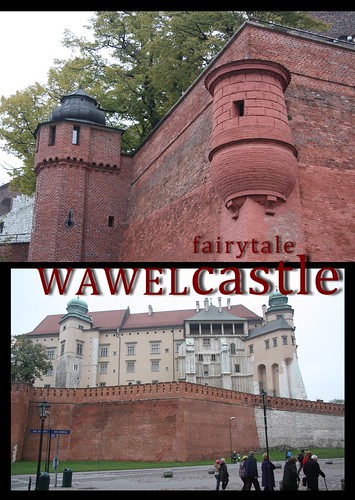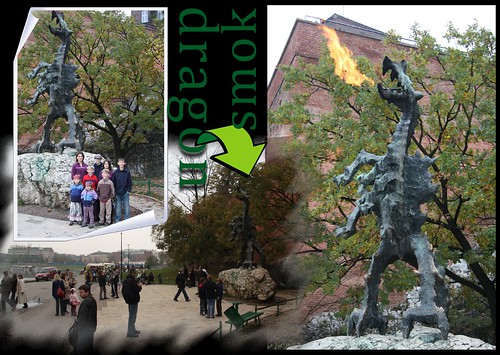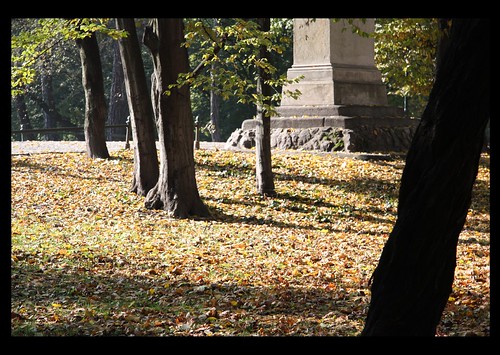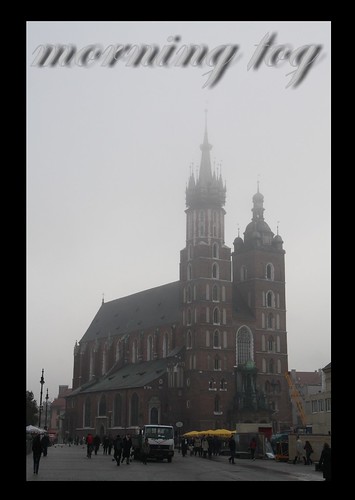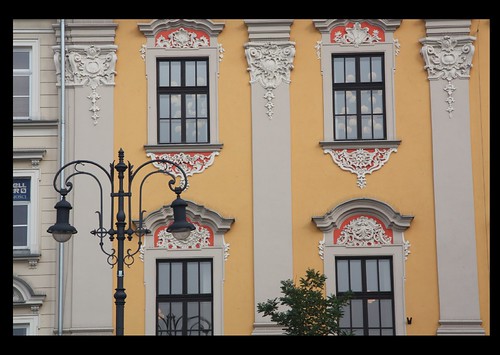to (another) market (again)
Saturday, October 24th, 2009Krakow, Poland
Apologies about the recurring WhenWeUsedToLiveHere theme, but here goes the next edition…..
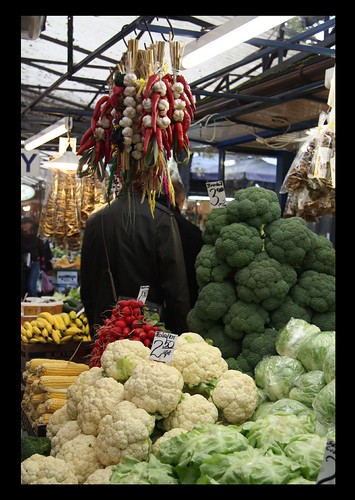
The first year we lived here (we arrived in 1990) we did not see ANY Western products at all. The choice was Polish or Russian. That included everything from mattresses (ours were Polish strawfilled ones) to sturdy metal hand-operated mincers (we bought a Russian one for making Christmas mincemeat) to cars (which we did not purchase, and could not have done as there was still an eighteen year waiting list at that stage to be in the running for a car – there was also a lot less congestion on the streets!)
At the market, food was both (or should that be “only”?) local and seasonal. All winter long there were potatoes, cabbages and onions. On a good week, someone brought out a sack of carrots too. We got sick of them all. In the summer we adored cherries and strawberries, and eagerly embraced tomatoes and cucumbers until we got sick of them too. We also, on one domestically unfortunate occasion, in the hopes of augmenting our winter vegetable selection, pickled jars and jars of gherkins, and then went away to summer camp to teach English. While we were gone they all exploded. Every. Single. One.
Obviously more easily deterred by failure at that stage of our lives, we remained too fearful to attempt making sauercraut like everyone we knew, who had bucketsful brewing on their balconies.
Walking through the market today, we could have bought the little ogorki, just the right size for pickling. We could have sampled someone’s homemade sauercraut straight out of a massive tub. It’s autumn, so we expected to see mushrooms, and were not disappointed. All sorts of wild field mushrooms were on offer and we brought home the cheapest we could find. There were also the strings of dried mushrooms, which we never bought in the past. Once I had attempted to buy a string and was surprised, when I asked, to discover they cost “sto” (one hundred). I had been expecting to have to splash out about 20,000 zloty or so. My amazement magnified upon discovering it was one hundred thousand, not one hundred full stop. That was a whole week’s worth of food for us. One hundred bought one stick of chewing gum back then – yes, people bought chuddy by the piece, never a whole packet.
Anyway, the relative price of dried mushrooms has come down, but something else has happened too. Now they are all packaged in plastic bags. When you walk past they do not exude their delicious rich autumnal fragrance; it remains, unfortunately, trapped inside the plastic and removes a little of that feeling of connectedness to your food that the market used to provide.

But there are other smells and sights. Being autumn, there are piles of walnuts on offer. There are bright red cranberries and gigantic orange pumpkins. There’s what must be nearing the last of the dill. There are cabbages, green and red; capsicums, green, red and yellow. There are purple plums and three varieties of apple. You can tell they are local – they have what Grandpa would call “that organic look” ie they are misshapen, perhaps bird-pecked, probably pitted.
Kiwifruit from New Zealand, oranges from Greece and bananas, origin unchecked are the only obviously-non-local products (unless you also count the dried spices now available too). There are a lot of things that I wonder about origin-wise. I’m not sure if they are being grown here now, or if they are imported, but there are enormous heads of broccoli and cauliflower. There are enormous bunches of spinach, which used to be an exclusively springtime vegetable. You don’t, however, see mangoes or pomelos as you might in Western European supermarkets.
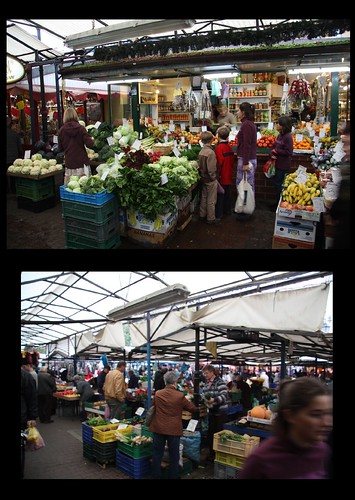
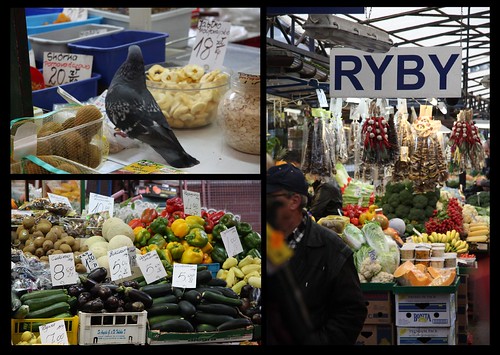
Less exotic, you can buy kefir and sauercraut and kasha. All distinctly Polish. But the kasha no longer comes in a brown paper bag. It’s in a box. And inside the box are four little plastic bags, individual portions. I *liked* the lack of packaging in the past. I liked everyone walking round with their wicker baskets – twenty years on I am still using mine – that has got to be better for the environment than plastic bags, don’t you think? Even the reusable ones don’t experience such longevity. Sadly, I’ve only seen one basket here so far:
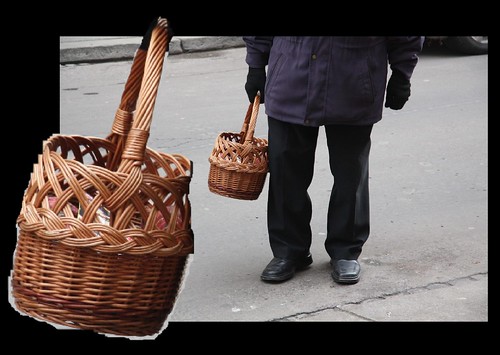
It’s hard for the children to understand how little food was available when we first arrived. I wonder if today’s Polish children tire of their parents saying, “In our day…”
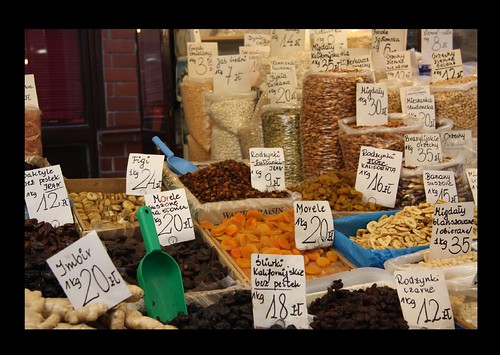
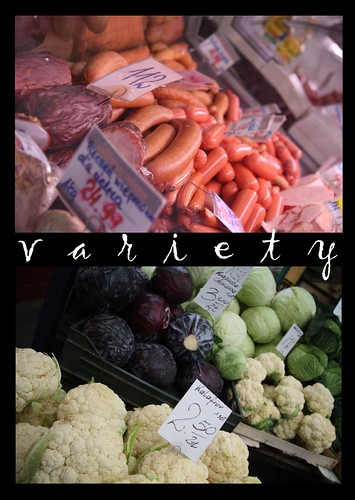
We were here when the West started to infiltrate. We saw Fanta arrive, although on our salaries we could not afford to buy it. We saw Swiss chocolate make its appearance, but we had even less hope of being able to sample that. One day we went to a big town somewhere (I forget where) with someone (I forget who) and went in to a brand new supermarket. It had big shopping trolleys (surprise number one) you could fill up with exclusively Western goods (surprise number two). Or you could if you earnt more than we did – we might have been earning two million zloty a month (rich eh!), but half of that went on rent….800,000 went on food and the rest paid for letters home and the occasional tram ticket.
So Western goods with their food colourings and additives and ingredients made of numbers and unpronounceable chemical equations started to arrive about the time we went home.
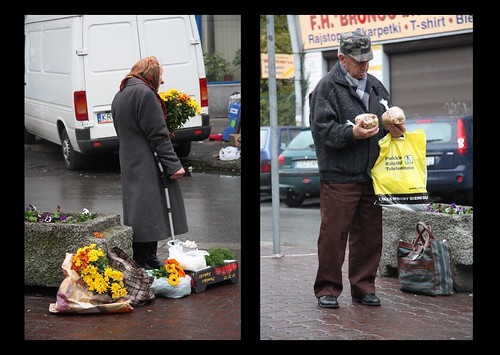
(outside the market, *illegal* sellers still try to make a living selling bunches of flowers or a few bags of walnuts or an armful of women’s underwear or a few old tools or a pair of shoelaces)




